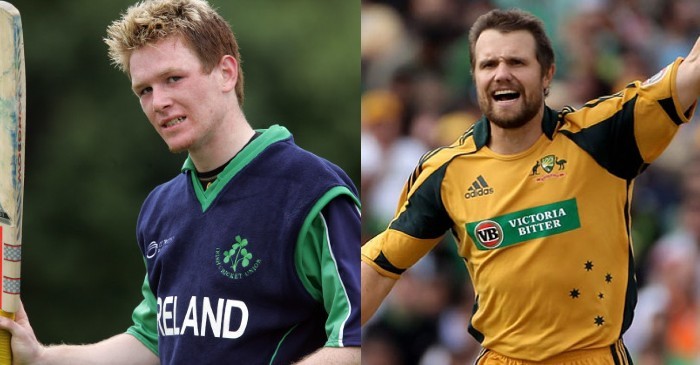The very essence of cricket as a game lies in the pride of cricketers representing their nation at the international level. Sometimes, batsmen and bowlers play out of their skins to bring laurels to their country at the grand stage.
Interestingly, there have been several instances when a cricketer from his original nationality went on to represent another one to pursue a successful career.
There may be indefinite reasons and motives for this unique migration. Some make a move for greener pastures, while some for more significant avenues for selection.
Today, let’s have a look at the five international cricketers who went on to represent two countries in cricket:
1. Ed Joyce
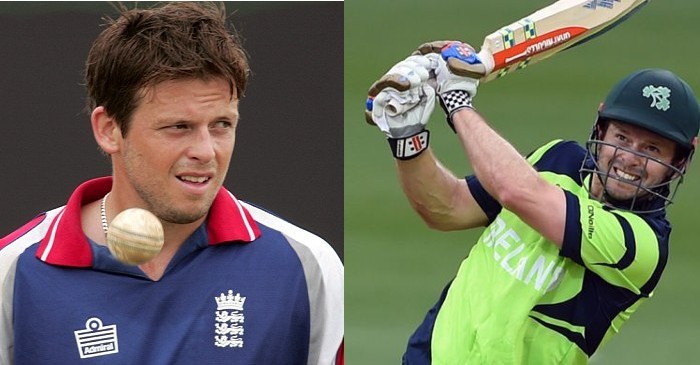
Edmund Joyce went on to represent both his native country, Ireland, as well as England in his eventful career. Until 2005, Joyce represented Ireland before opting to play for England in the 2006-07 season.
Joyce was part of the 2006 Commonwealth Bank Tri-Series featuring England, New Zealand and host Australia where he scored a match-winning ton against Australia in Sydney. With his efforts, he ensured a place for England’s 2007 World Cup squad in the West Indies.
However, the former Middlesex and Sussex batter soon went out of favour from the England setup and considered a move back to his native country, eyeing the 2011 ODI World Cup. After due consideration from ICC, Joyce was allowed to take part in the multilateral event in India.
2. Roelof van der Merwe
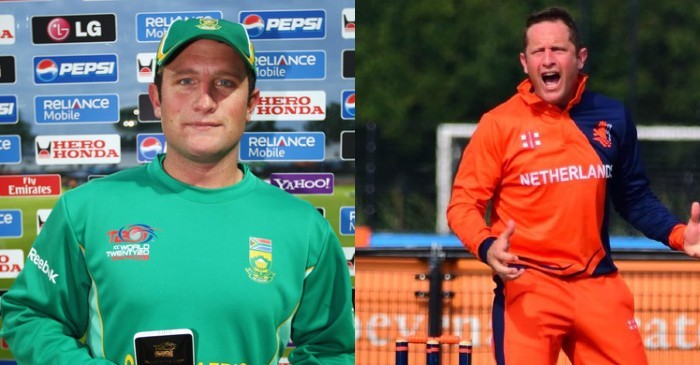
Van Der Merwe is renowned for his inspirational all-round performances, donning the colours of Royal Challengers Bangalore (RCB) in the 2009 IPL season.
Subsequently, he was selected by Cricket South Africa for the T20Is against Australia the same year, where he made his international debut.
In 2015, Van Der Merwe represented the Netherlands in a series against Nepal. The all-rounder also captained the Dutch side in the 2019 ICC T20 World Cup Qualifiers.
3. Dirk Nannes
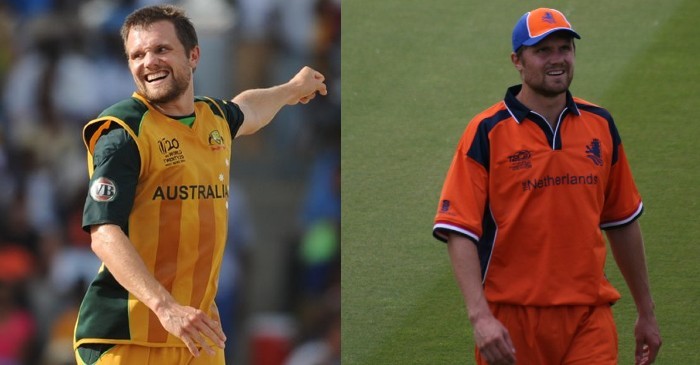
Nannes is well-known for his superfast spells for the Delhi Daredevils (DD) during the first few seasons of the IPL. He went on to represent Chennai Super Kings (CSK) and RCB later.
The left-arm express bowler gathered a reputation of fiery bowling spells in the Australian domestic setup. Before representing Australia in the 2010 T20 World Cup in West Indies, Nannes made his international debut for the Netherlands during the 2009 T20 World Cup in England.
He ended up as the highest wicket-taker in the tournament in West Indies, with 14 wickets in the competition.
4. Luke Ronchi
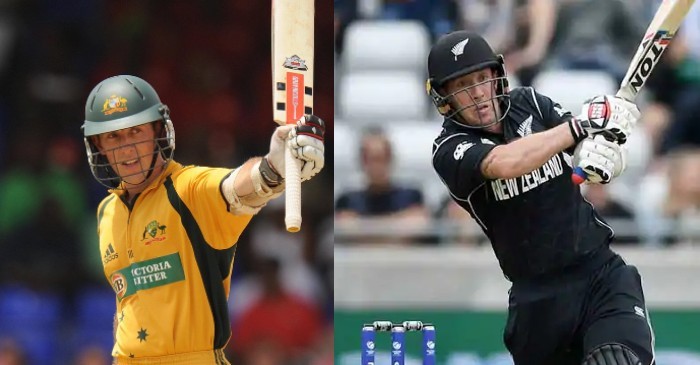
Explosive Kiwi wicketkeeper-batsman, Luke Ronchi is only one of the few who represented for both the countries across the Tasman sea, i.e., New Zealand and Australia.
The New Zealand-born was a backup for first-choice wicketkeeper-batsman Brad Haddin and henceforth overlooked for a central contract. An injury to Haddin helped Ronchi make his T20I debut against West Indies in 2008.
Playing under the shadow of Haddin until 2012, Ronchi decided to emigrate to New Zealand and instantly impressed for the Black Caps after making his debut in 2013 against England.
5. Eoin Morgan
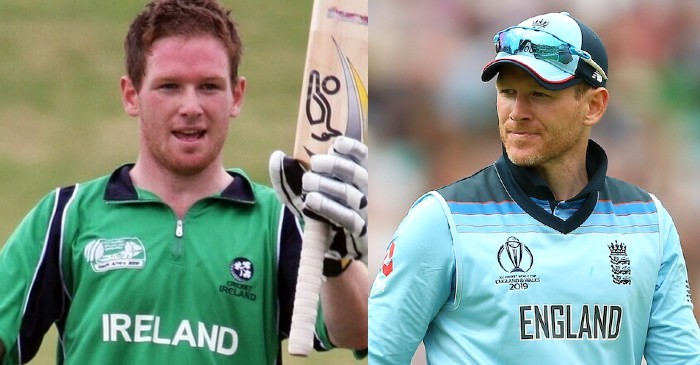
Many remember a young Eoin Morgan trying to make his mark at the international stage, donning the shamrock greens of Ireland during the 2007 ODI World Cup.
However, Morgan turned into a destructive, innovative batsman, while donning the jersey of England first during the 2009 T20 World Cup.
There has been no looking back for Morgan since then as he was solely responsible for bringing in an aggressive culture within the English ODI set up in the aftermath of their disastrous 2015 ODI World Cup campaign.
Captain Morgan helped England post the most number of 300+ scores in ODIs. His fearless approach helped England win the 2019 ODI World Cup at home.
